Pilea cadierei is an up-and-coming decorative plant you definitely need in your collection.
Thanks to its low-growing habit, stunning foliage, and easy-care requirements, it’s an ideal plant for both homes and terrariums.
You may know it by its more common name, the Aluminum Plant, or Aluminum Pilea (that’s alumi-num if you’re American, or alu-min-ium if you’re correct British, like me).
And when you see it, it’s easy to understand why.
The beautiful silver variegation splashed across the green leaves is pure heaven and follows a regular raised pattern – with the longest streak radiating out from the base of the oval leaf, giving way to a series of smaller splashes.
Ready to join the alu-minati? Read on to discover the best care secrets, both in and out of terrariums.
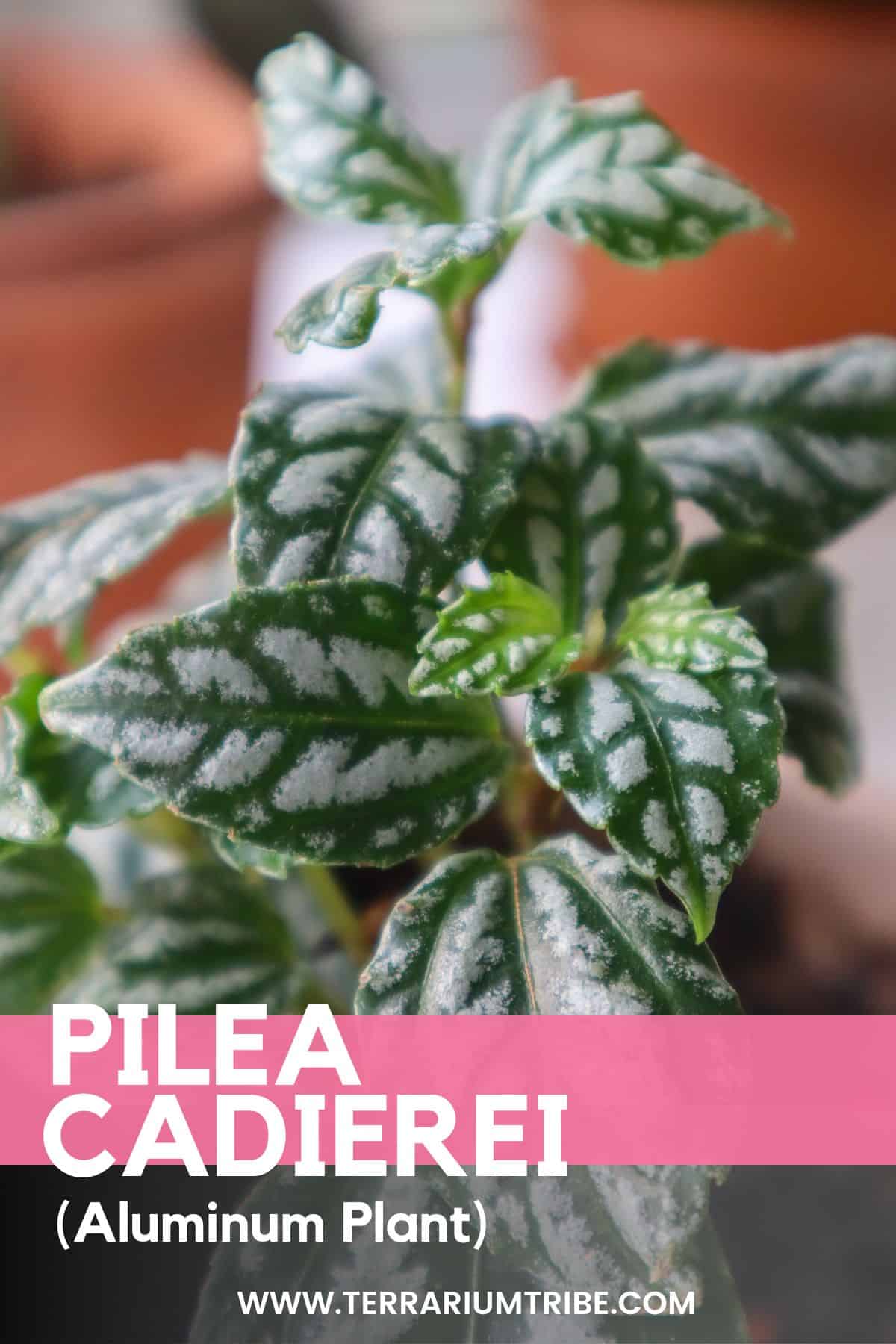
Where to Buy Aluminum Plant
See the links below to purchase from reputable terrarium plant shops and marketplaces (may include affiliate links).
Aluminum Plant Care & Growth
| Plant Type | Foliage |
| Lighting | Bright, indirect light |
| Temperature | 60-80°F (15-26°C) |
| Watering | Regular, even moisture |
| Humidity | 8-12 inches |
| Growth | High humidity (60-90%) |
Lighting
For a happy Pilea cadierei, place it in a spot with lots of bright, indirect light.
An hour of direct sunlight here or there won’t cause any damage, but as a general rule of thumb, avoid it where you can.
You’d be more likely to run into issues with too little light than too much.
Low light certainly isn’t going to cut it for this tropical plant – those creamy silver patches don’t have any chlorophyll for photosynthesis. Anything under 200 footcandles can result in leggy growth or dropping leaves.
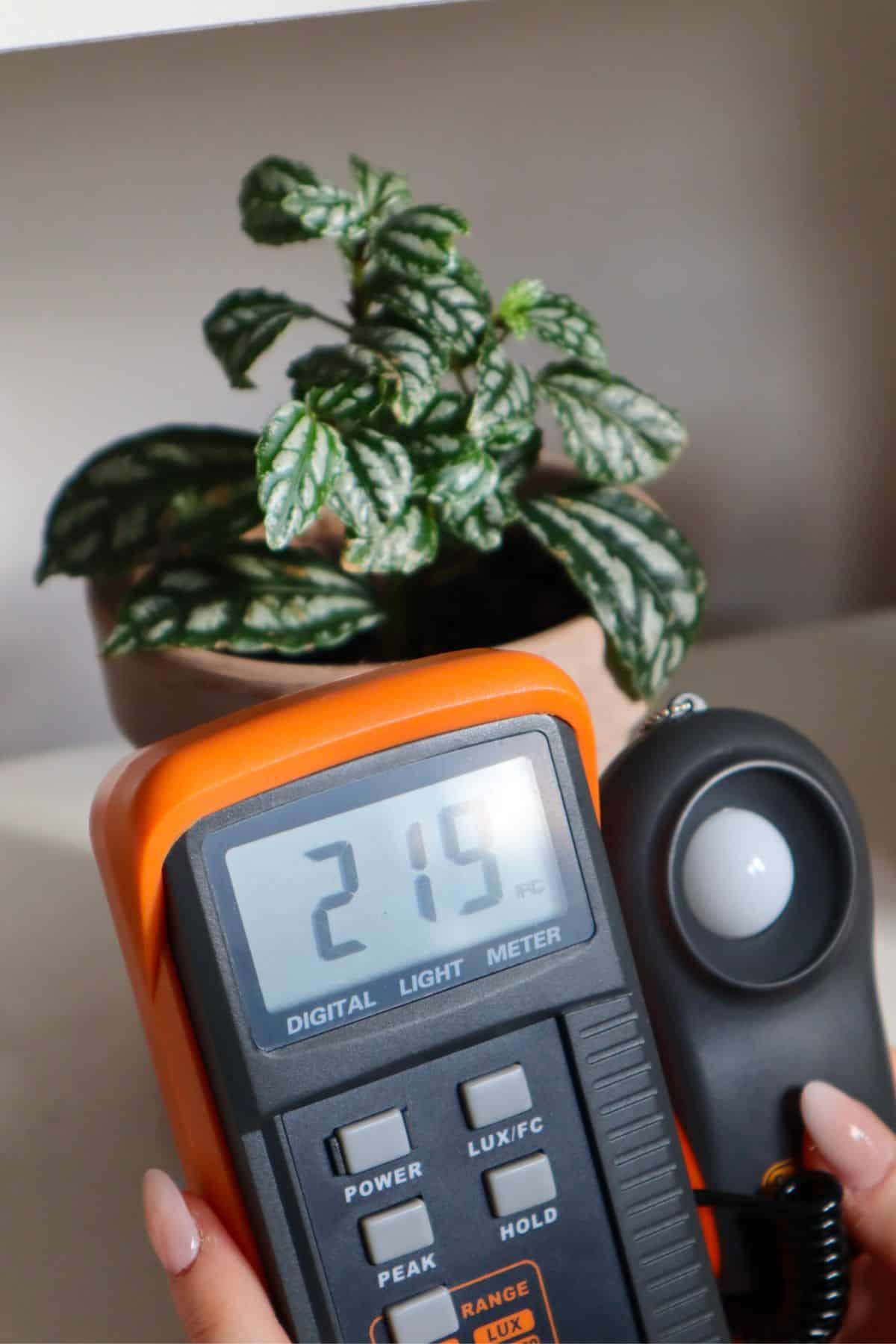
Watering & Soil/Substrate
Ironically, the Aluminum Plant is a water-loving plant that hates being waterlogged.
So whether you’re keeping your plant as a houseplant or popping it in a terrarium, good drainage and good substrate are essential.
- As an indoor plant – use a pot with a drainage hole, give it a good when the topsoil has dried out a little, and pour out any excess in the drainage tray.
- As a terrarium plant – put down a layer of leca or gravel to create a false bottom and go easy on the watering. A few sprays should be enough, and the soil should never look wet.
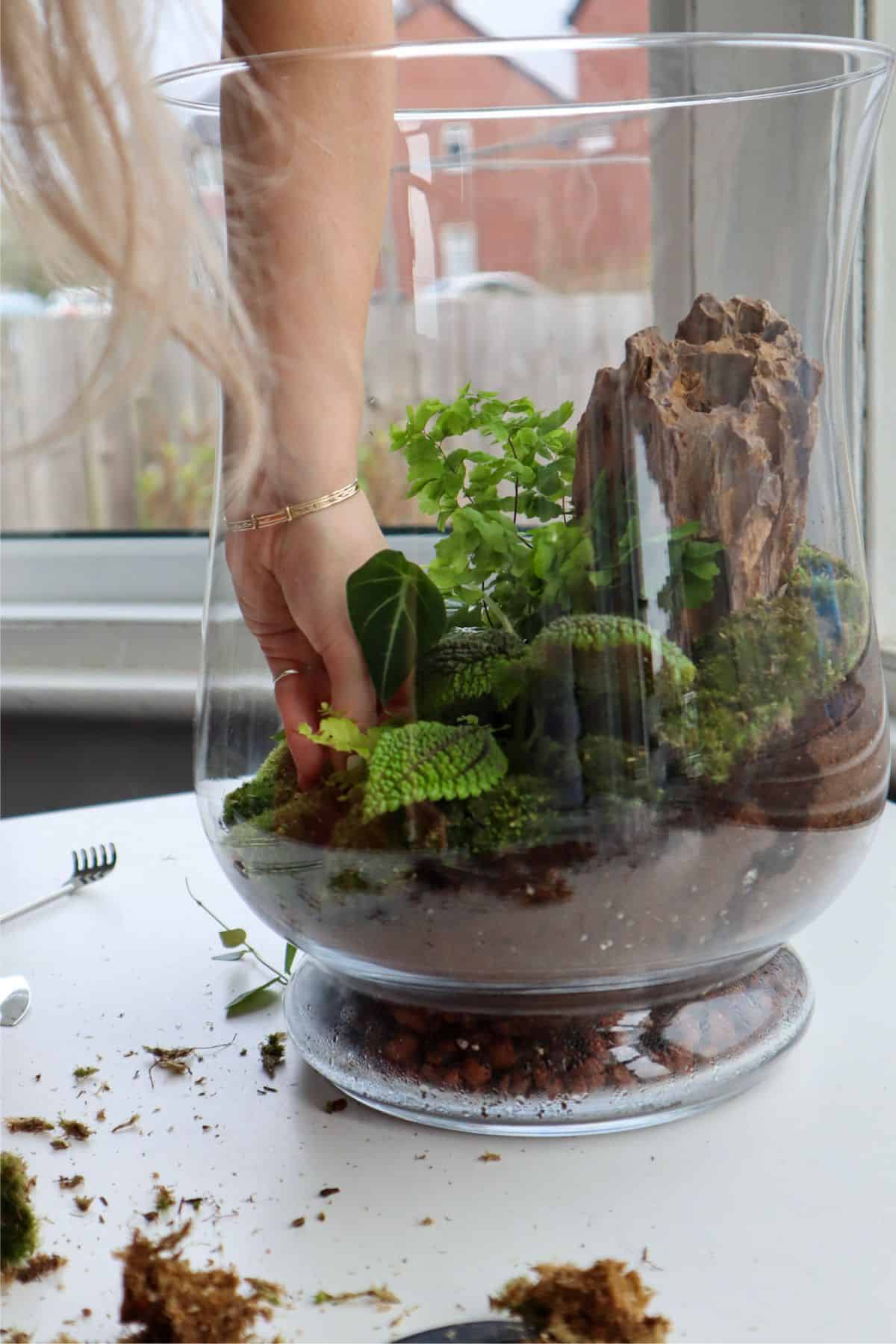
Pilea cadierei isn’t overly demanding in terms of specific substrate requirements, so as long as you have a quality tropical mix, it’ll do just fine.
Coco coir is a great base for adequate water retention, and elements such as orchid bark and charcoal will help boost drainage.
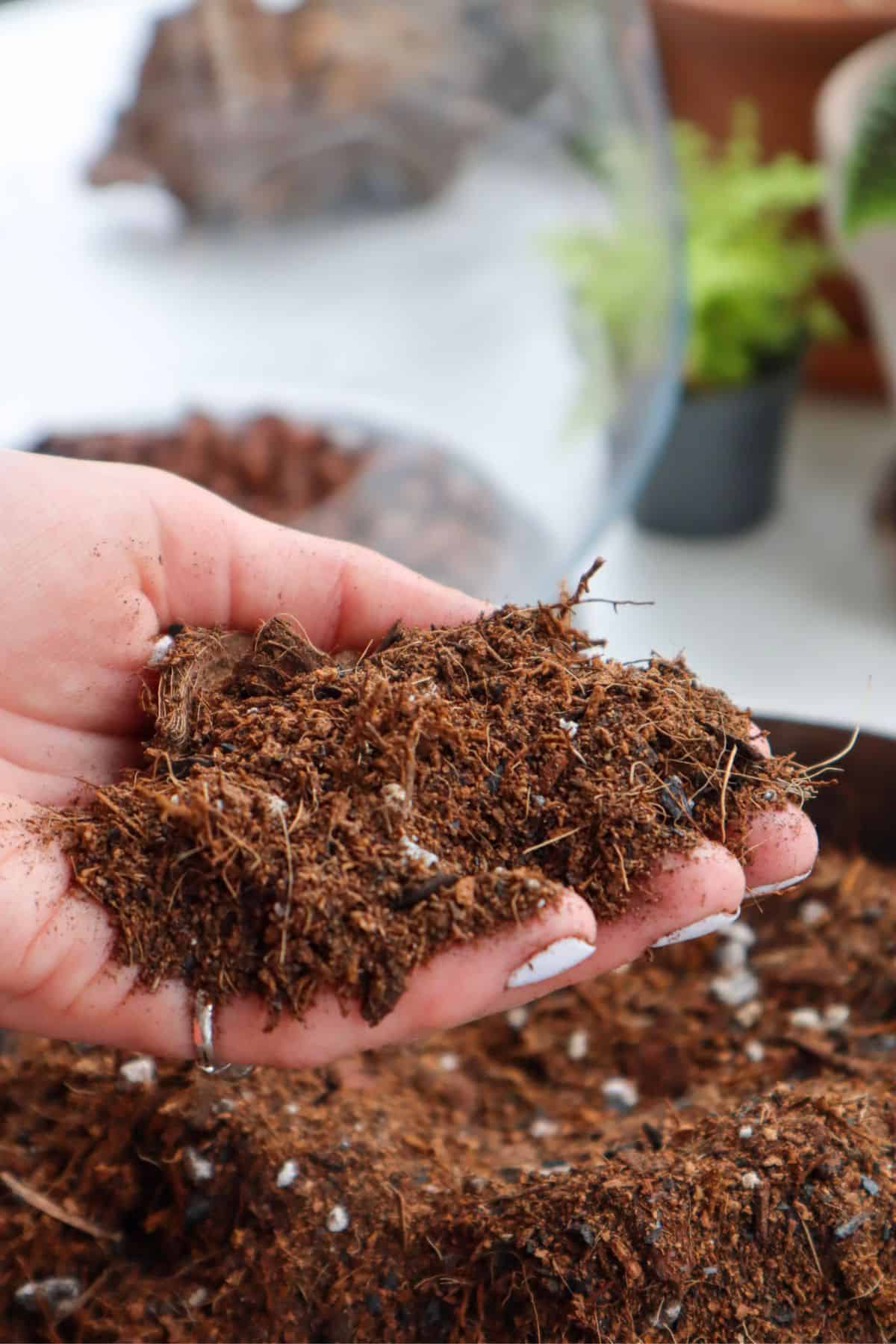
Temperature & Humidity
This tropical species is sensitive to the cold and should be kept in conditions consistently over 57°F (14°C) to keep it healthy.
On the opposite end, it can tolerate much higher temperatures than you’d typically keep your home at, so you’ll have no issues there.
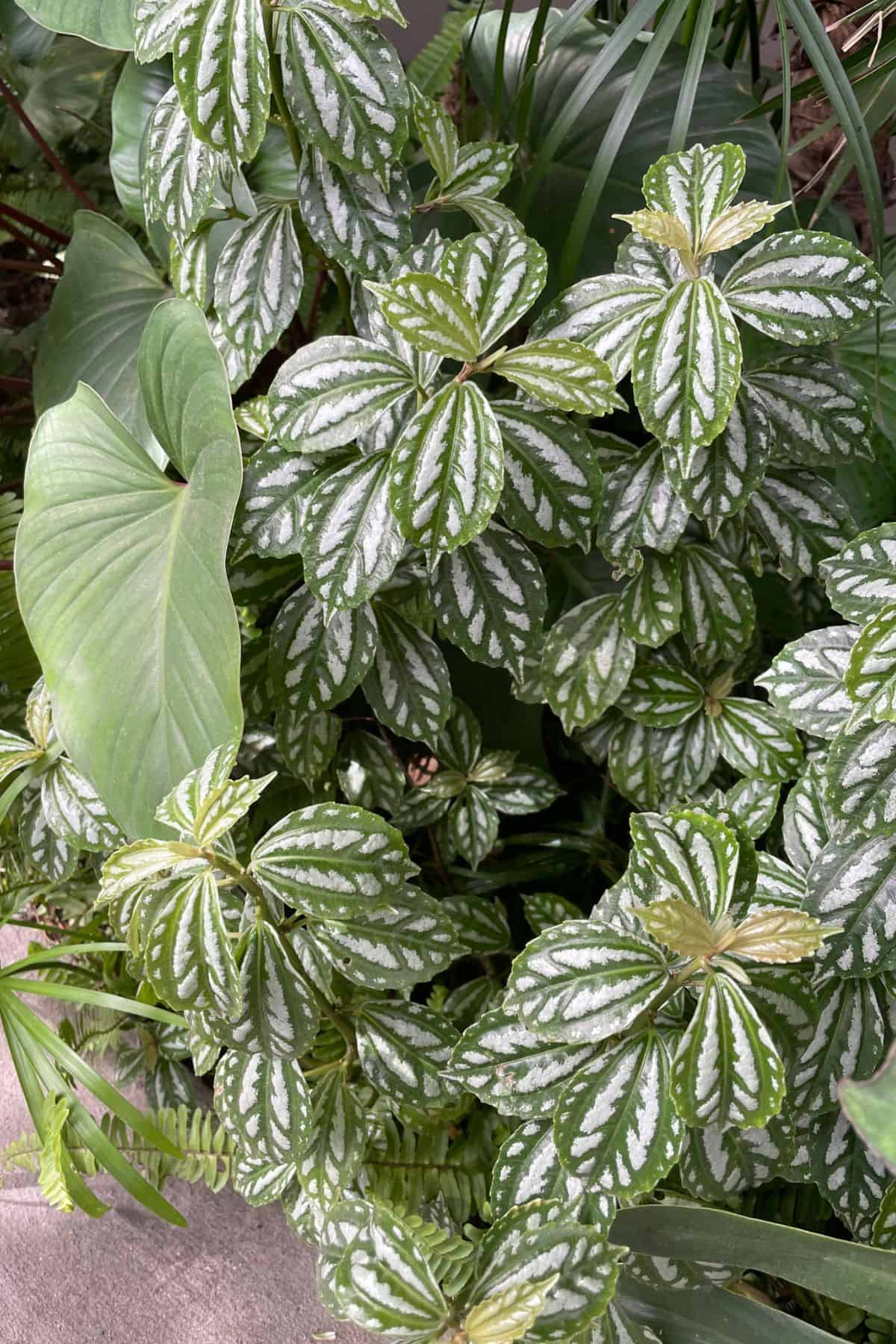
Despite the Aluminum Plant being often grown as a houseplant – which would suggest it’s not too sensitive to humidity – it will definitely struggle if the humidity is too low.
It’s a native Vietnamese plant, so medium to high humidity is essential.
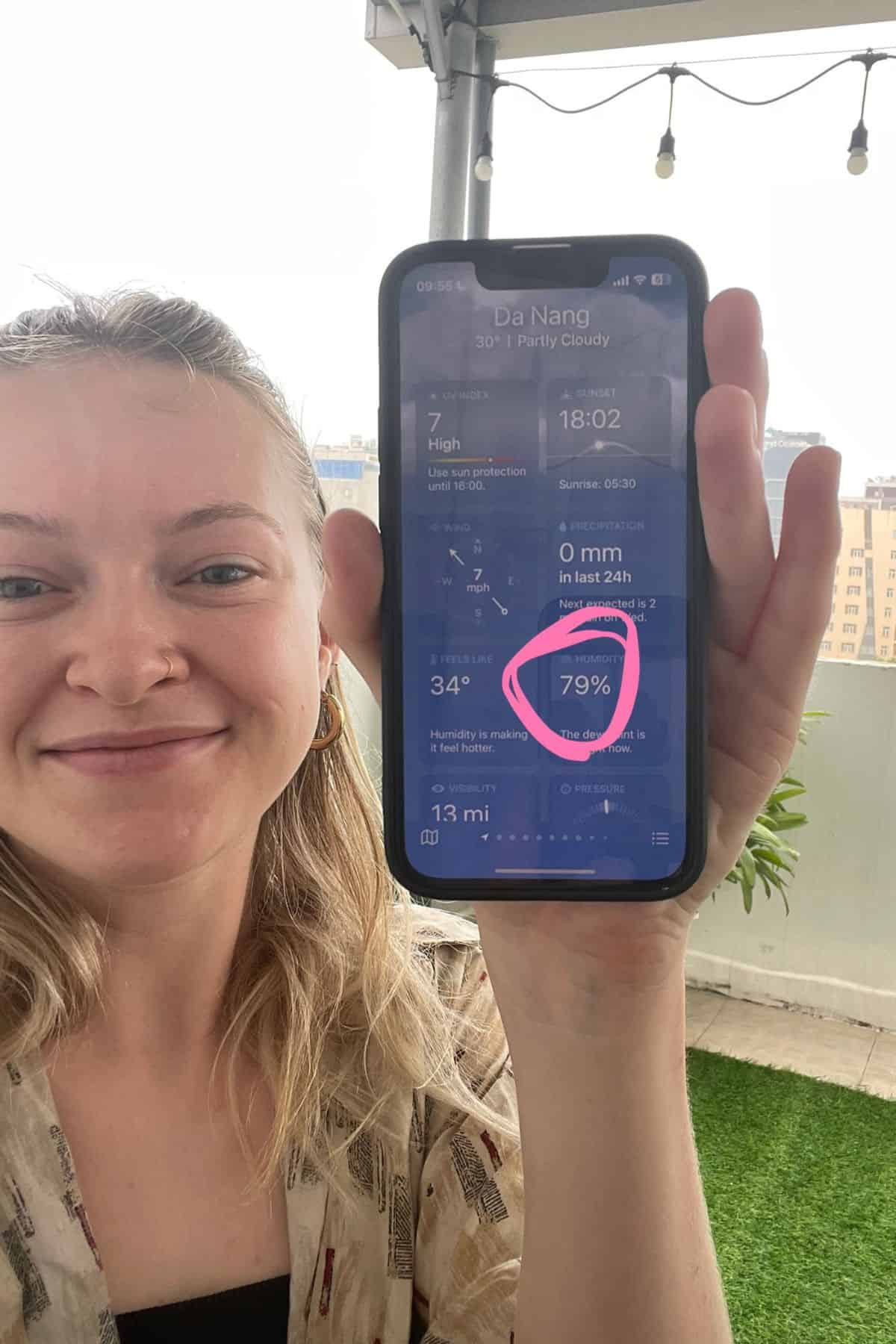
For this reason, it’ll do nicely in a closed terrarium or in a humid home.
Growth
Native to China and Vietnam, this miniature Pilea is actually part of the nettle family (Urticaceae), but it grows more like a shrub. Forming compact clusters of plants with overlapping leaves.
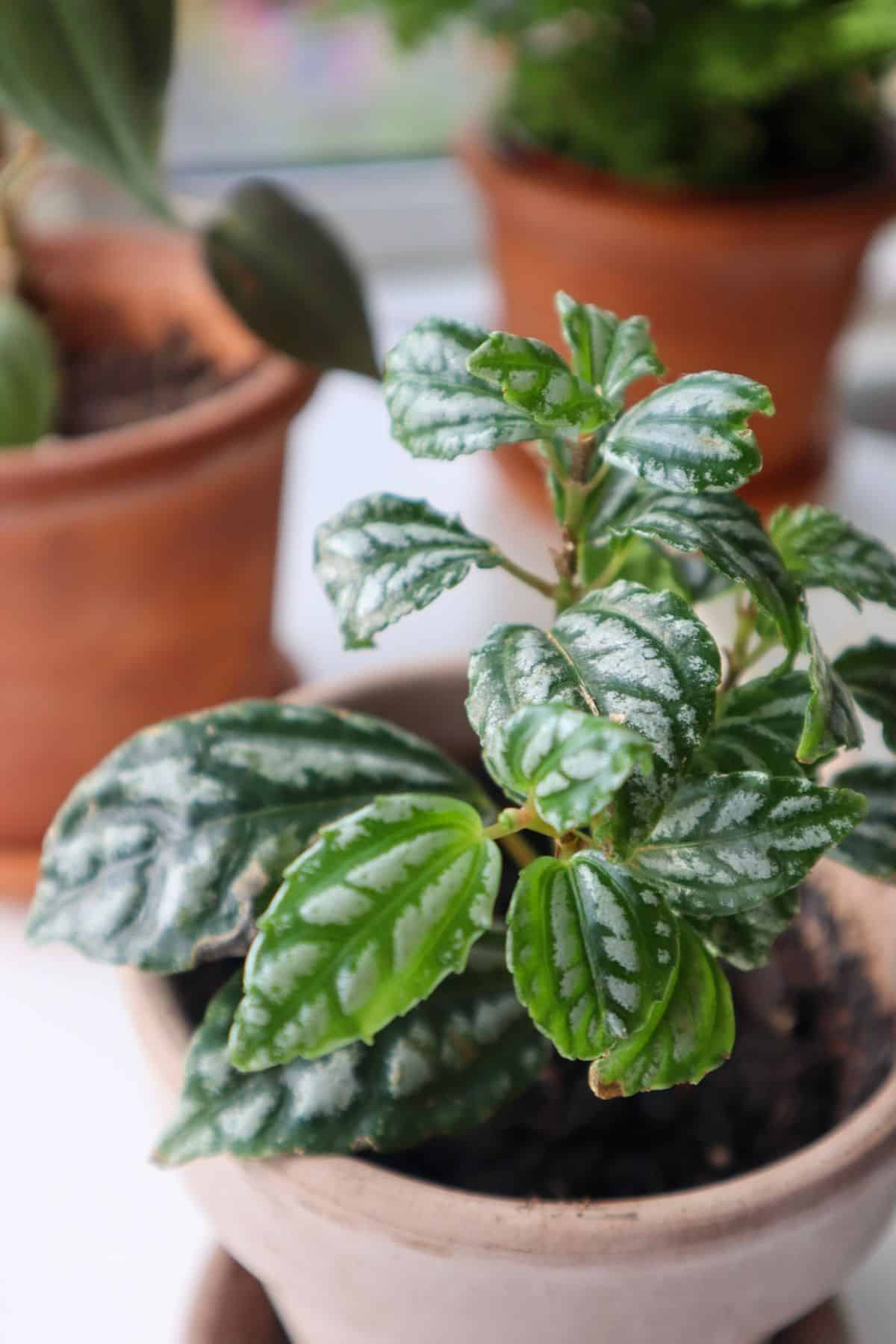
It will never be a particularly big plant, but pinching the stem tips can promote this growth pattern and keep them as short and bushy as possible.
Similarly to other plants in the Pilea family, it can occasionally bloom with some very small pink/white flowers (but you’d have a hard time spotting them amongst the foliage).
However, the weird thing about this specific plant that’s worth noting is that Pilea cadierei has a somewhat finite lifespan of a few years, at which point it begins to deteriorate.
Once it reaches maturity (around three years in), you can expect to see some leaf drop from the lower portions of the plant. It’s often recommended to propagate and repot new plants every couple of years or so to keep them going strong.
Propagation
If you’ve ever been to a plant swap and seen the masses of Pilea peperomioides people are trying to get rid of, you’ll know first-hand how prolific Pilea species can be.
So as you might expect, the cadierei is no different.
It’s very easy to magically turn your single plant into two with a stem cutting.
Simply take a cutting of a reasonable length just behind a node, remove the lower leaves if necessary to expose the stem, and then plant straight into some substrate or pop in a glass of water.
It should readily root in a few weeks without any further intervention.
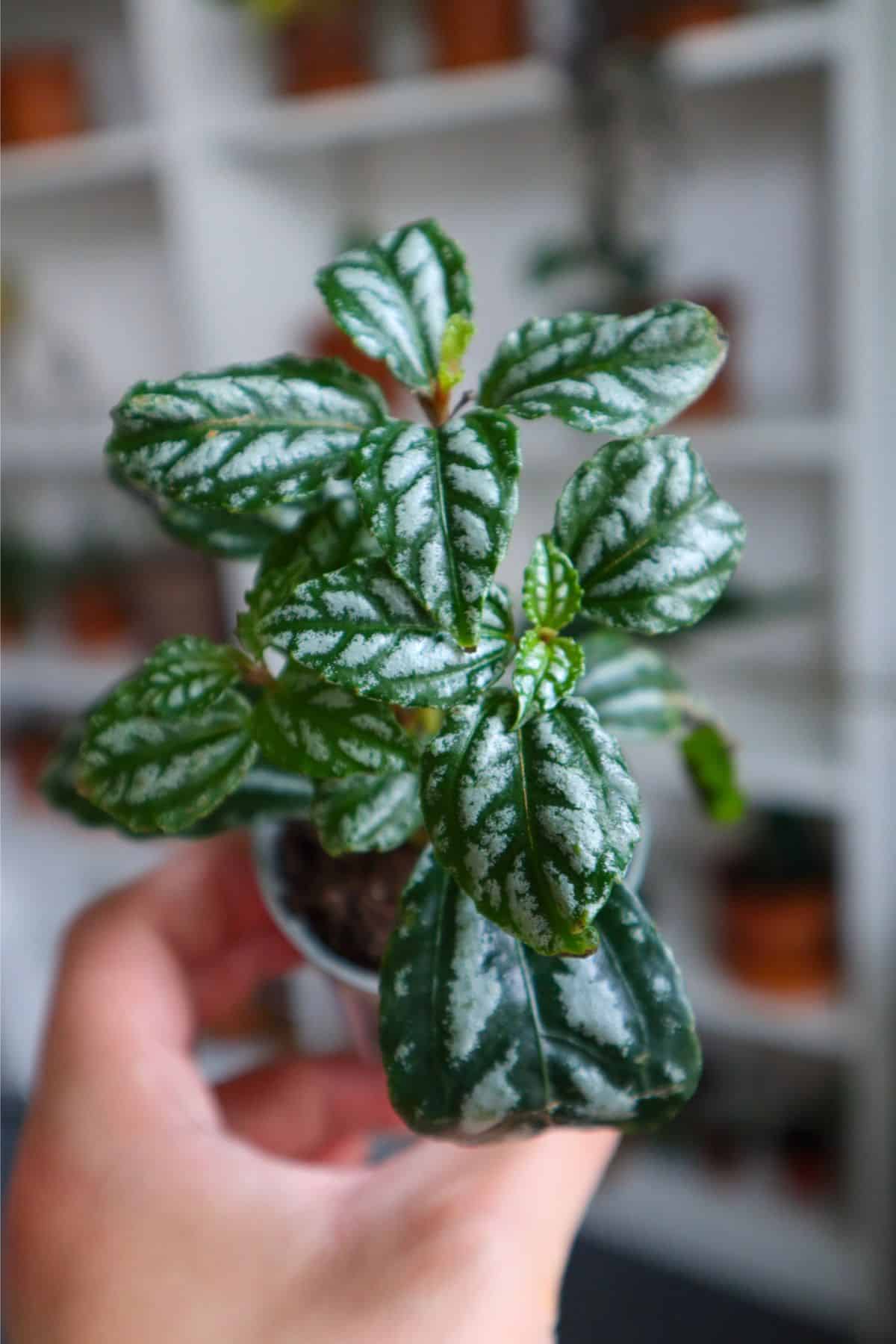
Varieties & Similar Plants
The Aluminum Plant only has one known cultivar – a dwarf variety called the Pilea cadierei ‘Minima,’ so if you’re short on space, you’re in luck.
However, if you step away from this specific plant and look at the entire Pilea genus, you’ll find lots of great plants with similar qualities and aesthetics.
Plants like Pilea involucrata and Pilea mollis take center stage with bold foliage.
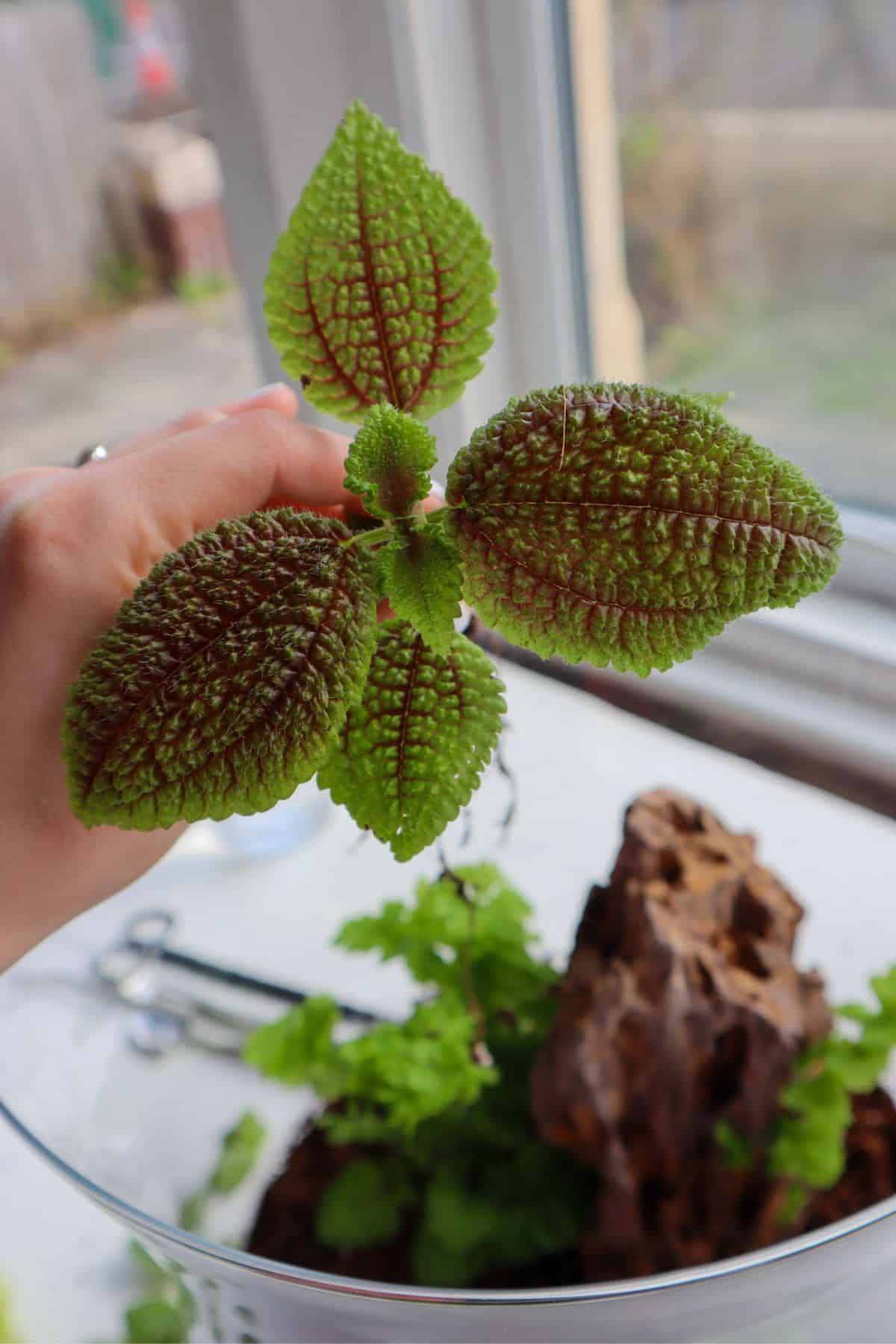
And delicate vines like Pilea glauca and Pilea depressa bring the texture.
